How does one create happiness? Scientists, philosophers, and our own experience teach us that there are many ways- sometimes planned or unexpected– of generating happiness. Although we cannot make this feeling last forever, we can increase the chances of encountering blissful moments and prolonging them by building on its three-process structure: anticipation, experience, and remembering. This can be translated to the art of interior design to recognize the daily influence that spaces have on our emotions and wellbeing. Here we discuss the approach to take when designing home spaces that strive to promote our encounters with happiness.
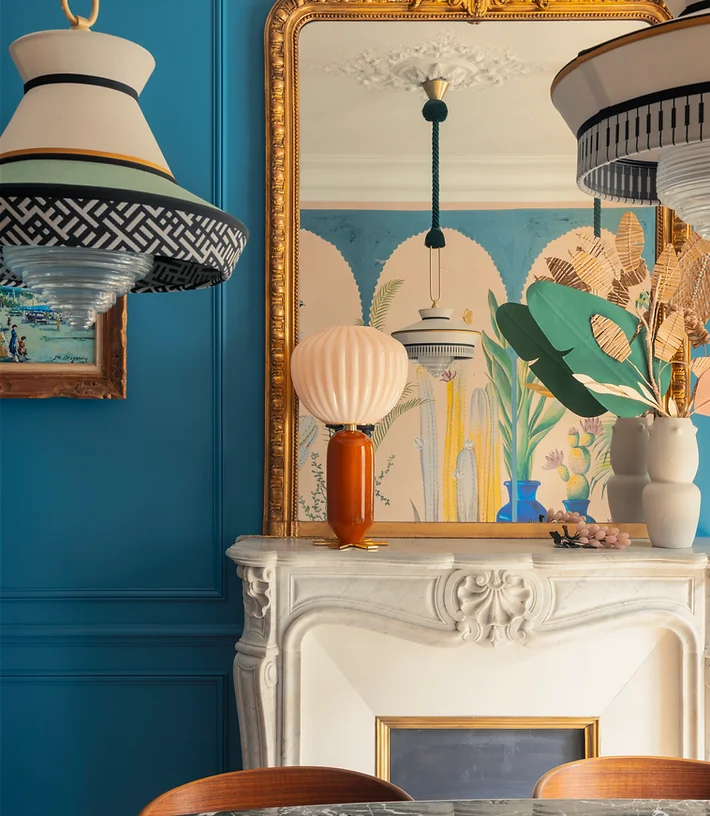
Building anticipation
There is no better feeling than happiness except perhaps the anticipation of such happiness. When we allow ourselves to prepare for this moment, the expectation leads to the release of dopamine in our brains which incites pleasure, satisfaction and motivation. So how do we recreate this feeling in our interiors?
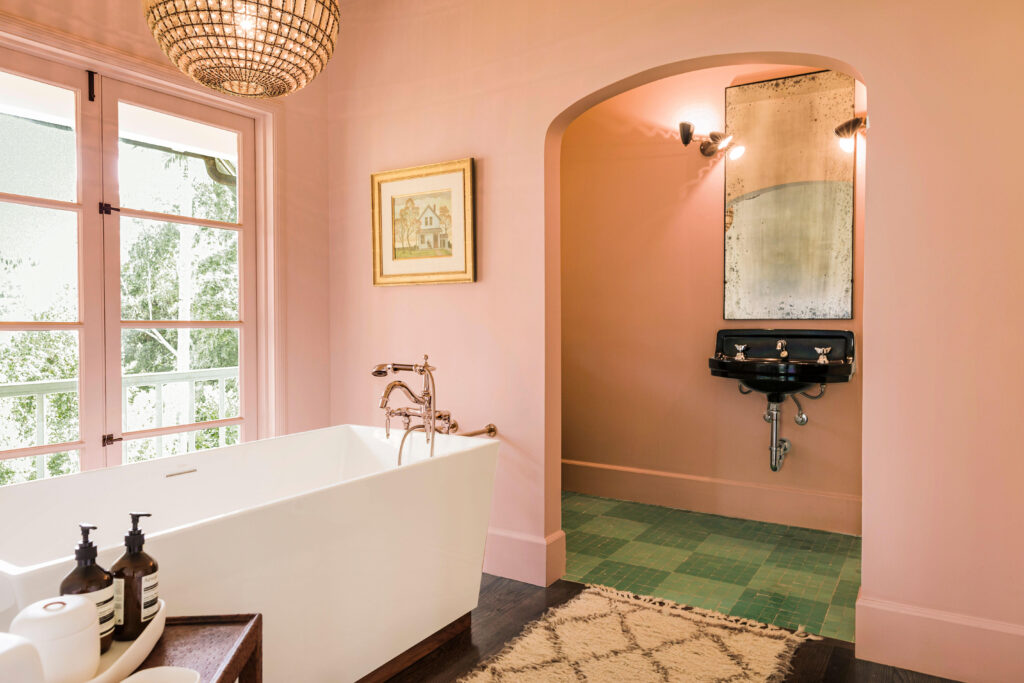
One way of creating anticipation is through mystery. By strategically concealing certain areas or displays within our homes with hidden doors, screens or curtains that can gradually unveil these spaces. The slow moment of revelation subtly encourages exploration and piques people’s interest as to what lies beyond. This system of sparking curiosity and rewarding it with aesthetic compositions is much similar to the joy we find in treasure hunting since our childhood days. However, mystery demands that we first captivate viewers’ attention and guide it from one focal point to another.
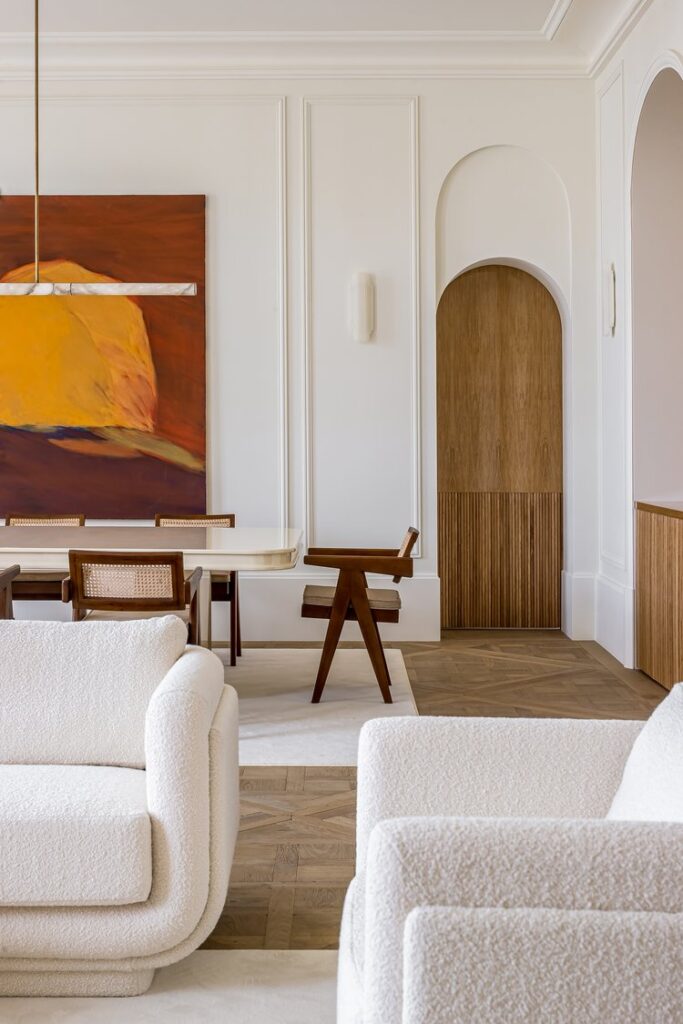
As the first element you encounter when stepping into a home, the foyer or entrance plays a crucial role in creating the first impression that sets the tone for the rest of the home. Think of it as the first page of a novel, a single sentence has the power to generate a sense of intrigue that will keep readers turning to the next page. Similarly, the architectural features, dramatic lighting fixtures, artwork and striking colors serve as a form of foreshadowing what is next to come. The difficult part comes after, when seeking to retaining this interest and sense of expectation.
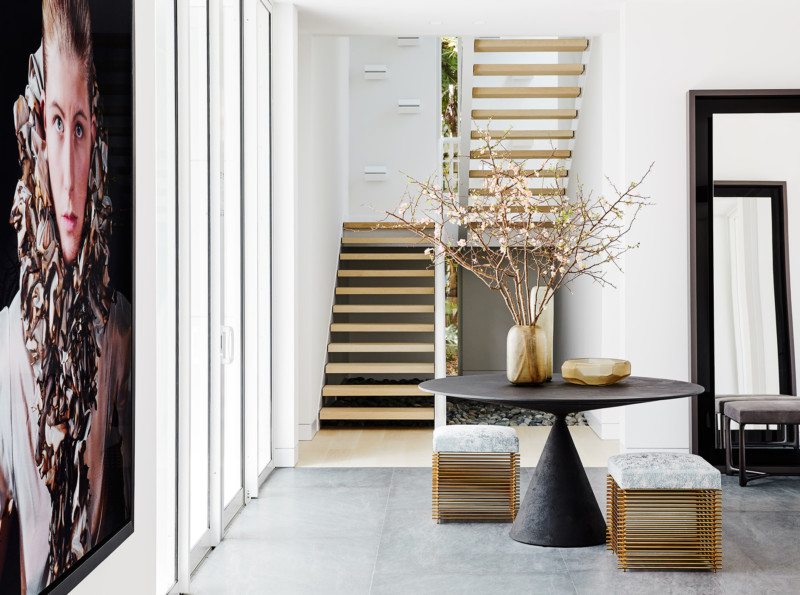
To maintain the happiness that comes with curiosity, interiors can display focal points such as statement pieces, bold furniture and oversized decorations that spark not only visual but also tactile interest. On the one hand, playing with scale and proportion with large-scale furniture pieces, tall ceilings or small doorways serves as a way of guiding the flow of movement from one point of interest to another. Meanwhile, tactile expression through unusual or raw textures like natural wood or stone and metal or glass evoke interest through a sense other than our sight. These materials plant a seed of wonder as to what it would feel like to touch them. In such a way, the creation of anticipation within our interiors provides us a moment of unexpected and often overlooked happiness.
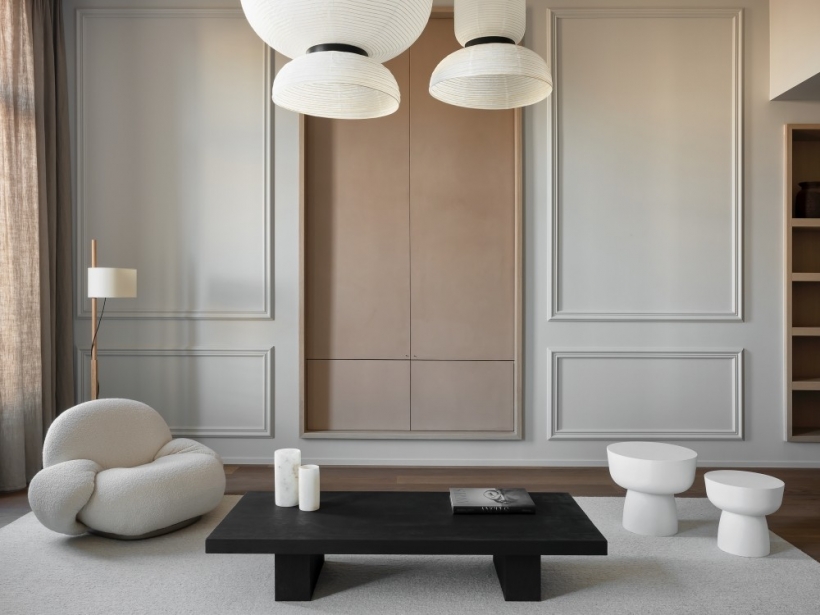
Living the experience
If the initial moment of anticipation consists of drawing curiosity from the intriguing décor and structuring of our interiors, then the experience itself is all about the feeling of safety and validation. What this implies is letting go of stresses and taking a moment to recognize your hard work and the importance of connecting with your emotions or desires.
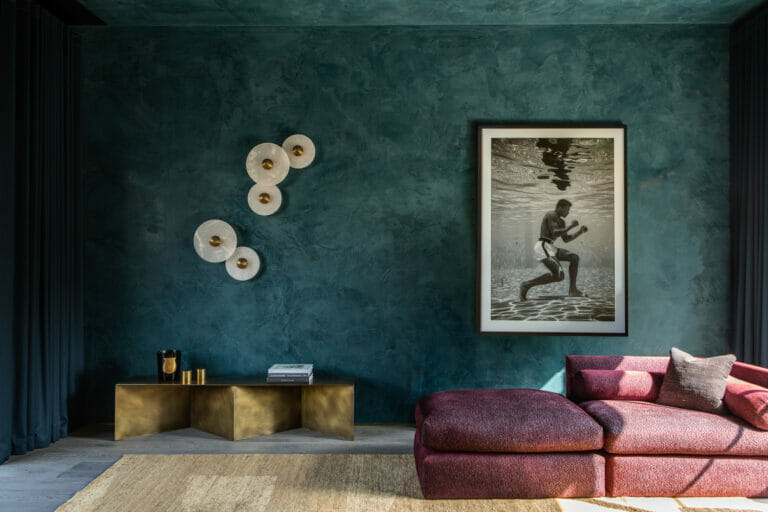
As the key to happiness, safety and comfort should be the main features guiding your selection of furniture pieces. Plush sofas and chairs with soft fabrics and ergonomic designs are one means of achieving such physical sense of security and relaxation. Meanwhile, shifting our focus to our emotional well-being implies looking at the effect that color and nature have on our relationship with our interior.
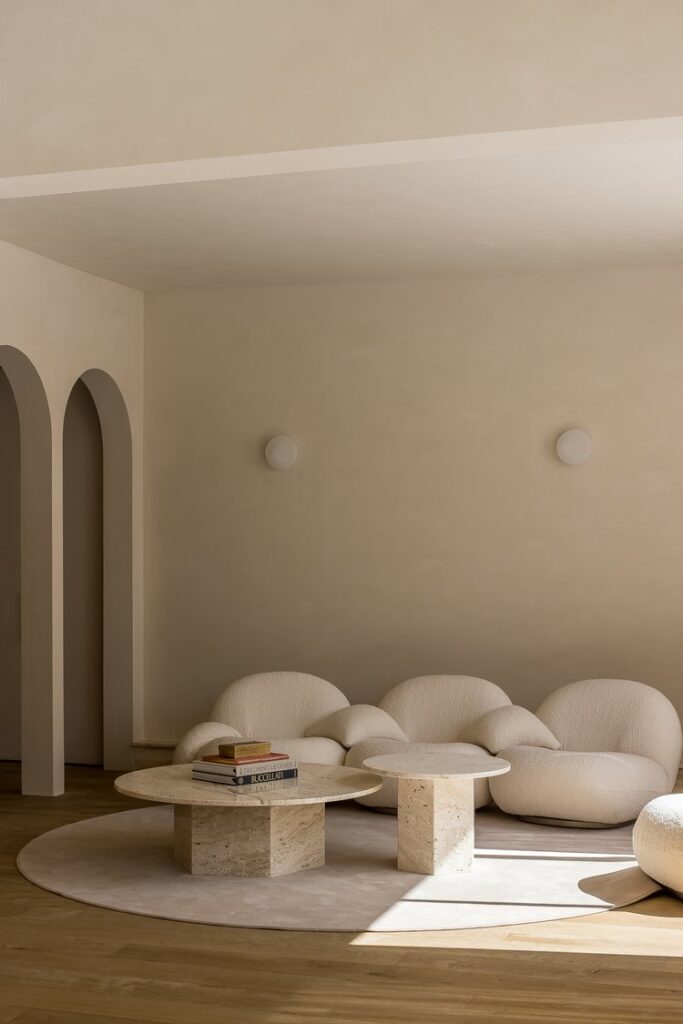
The relationship of humans with color is a complex one: not only do we associate different tones to certain memories or tastes but also to emotions. This strong connection between color and feelings can be used to create a warm and inviting atmosphere; especially by bedecking our rooms with earth tones, soft neutrals, and warm hues of blue, green, and yellow that we often associate to the natural environment. In fact, the reason my nature has such a positive influence on our mindset and in inducing calmness is due to human’s inherent affinity with nature which is rooted in our evolutionary history.
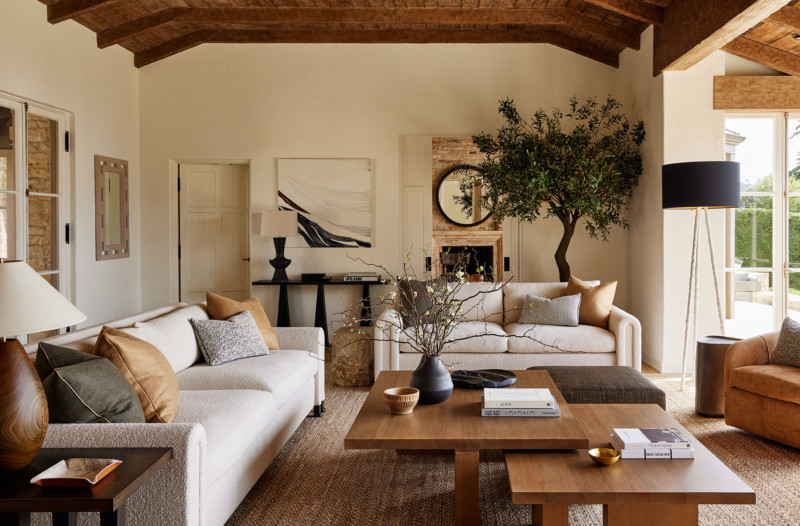
Perhaps one element that can compete with the comforting atmosphere generated by nature is the sense of familiarity. The meaningful impression that personal and sentimental objects such as photographs, art, or souvenirs imprint on our homes helps reinforce a sense of identity and validation. Incorporating personalized décor elements is a way of recognizing your own interests and memories and providing them with a special place in your home where they can be fully appreciated.
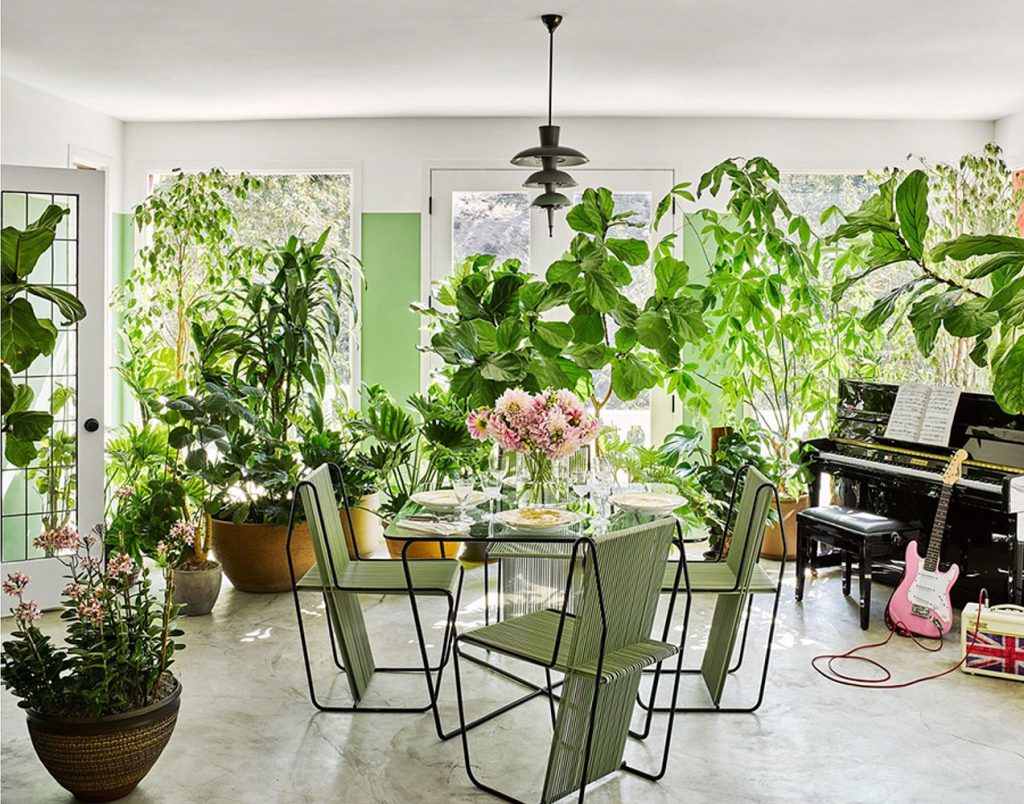
Immortalizing happiness with memory
Even if the moment of happiness itself is short-lived, our memory of it and the places we associate it with can last a long time; especially if the element of surprise is involved. As scientists have shown, humans are cognitively susceptible to remembering surprises since these have the ability of transforming the mundane into something memorable. When it comes to interior design, this implies weaving unexpected color schemes and furniture that defy conventional approaches to décor. Adventurous color combinations and pops of color in furniture, accent walls or accessories that evoke a lively and positive mood.
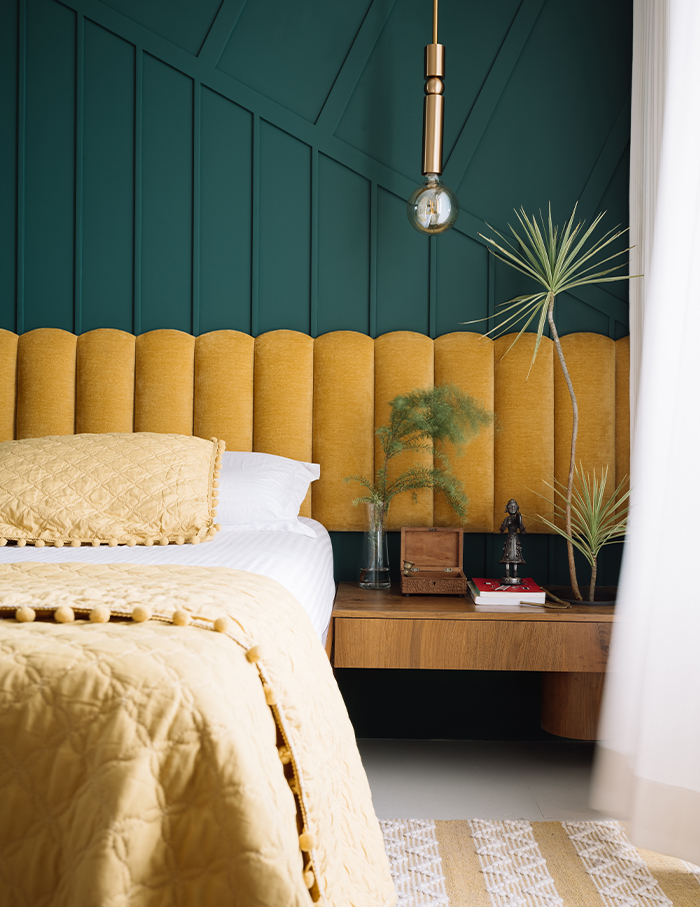
The unexpected can also come in the form of modern, unconventional and whimsical furniture pieces that lift the mood in a room with their playfulness. This can include chairs with dynamic forms that bend at unusual angles, quirky ottomans, oversized sofas, or inventive side tables with a double function.
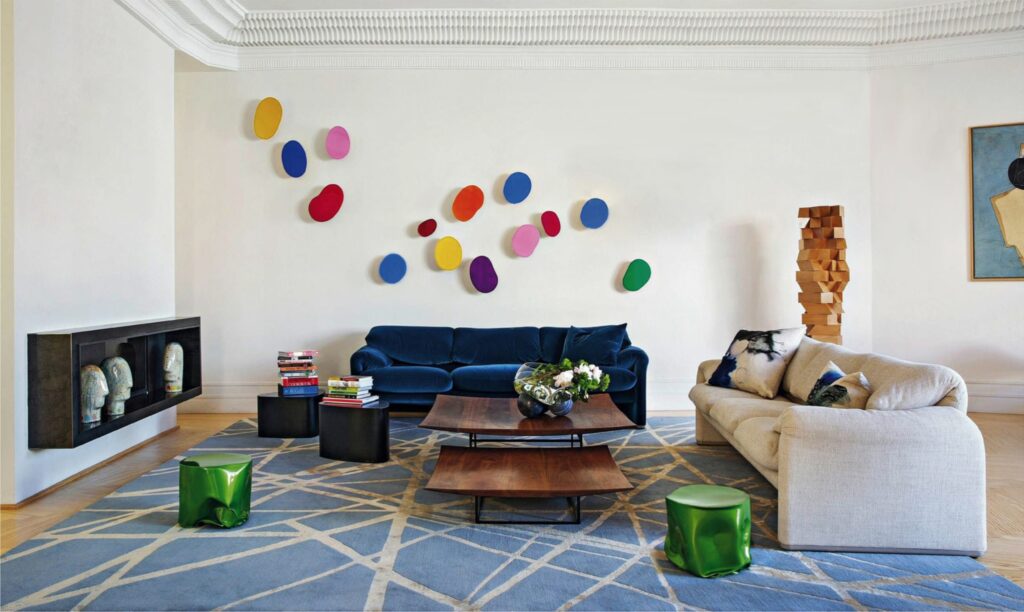
The last resort to craft memorable positive experiences at home is to tap into your inner child by incorporating playful features into each room. Interactive installations like indoor swings, slide-like staircases, and hidden nooks engage occupants in a one on one direct interaction with your home. Both children and adults can find joy in the unexpected, whether it involves playful patterns and textures with bold illustrations and geometric patterns or with creative lighting techniques that change color or intensity. The most important aspect is creativity: think about the things that make your everyday unique or memorable and incorporate them into your home décor.

Designing interiors with the aim of bringing happiness to its occupants pushes us to ask ourselves: what makes us happy? Too often we encounter this feeling by surprise but we rarely take a moment to think about how we can increase our chances of encountering moments of joy in our everyday lives. This is why today’s topic addresses the importance of creating a positive atmosphere in the place we occupy the most.
